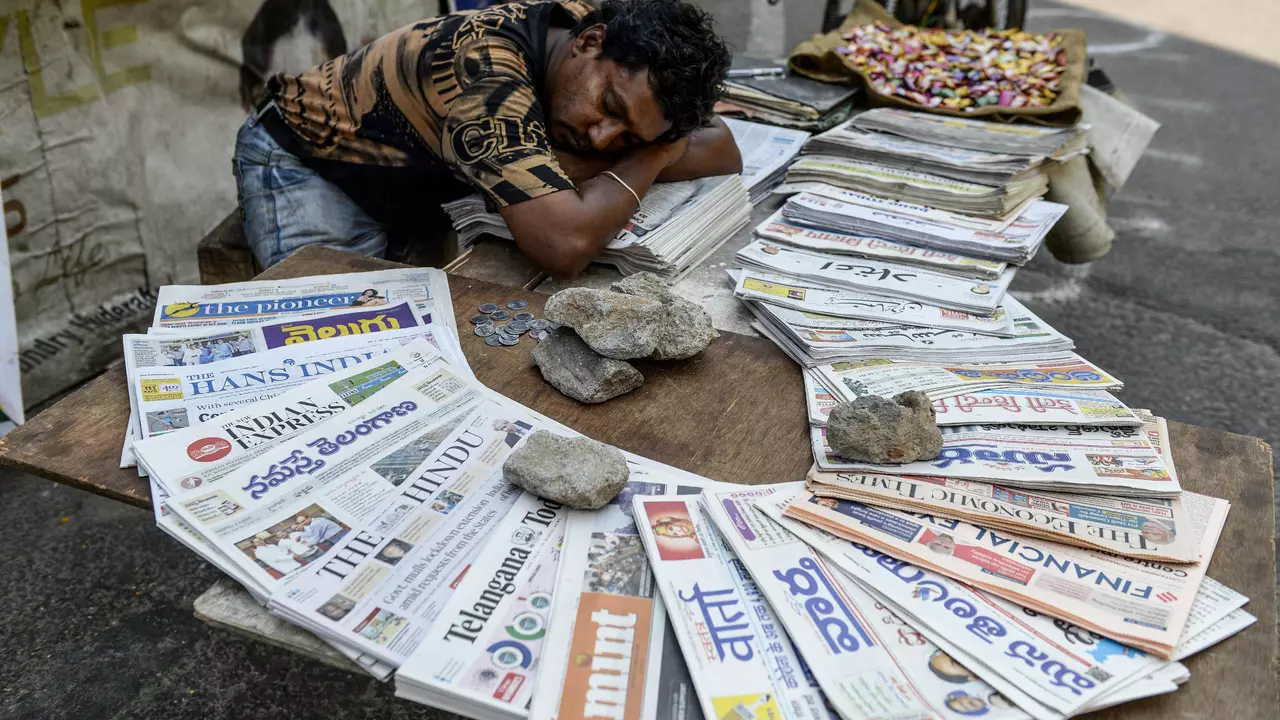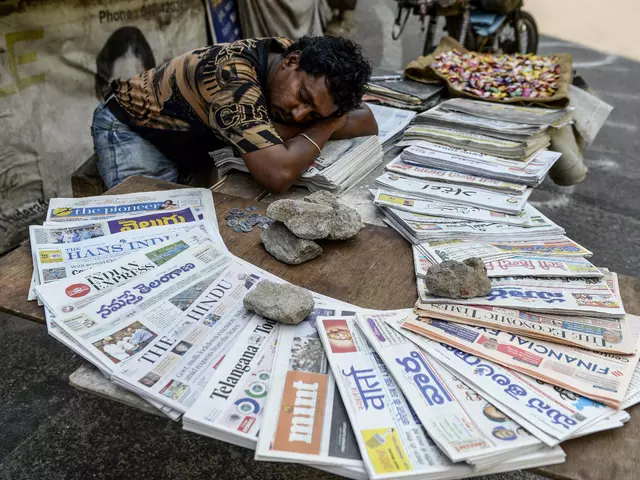Media Bias Explained: Spotting Unfair Reporting
Ever read a news story and felt something was off? Maybe the tone seemed one‑sided or certain facts were missing. That’s media bias at work. It’s not always a deliberate trick—sometimes it slips in through word choice, image selection, or the sources a journalist chooses.
What Exactly Is Media Bias?
Media bias is any tendency for a news outlet to present information in a way that supports a particular viewpoint. It can show up as:
- Selection bias – covering some events while ignoring others.
- Placement bias – putting a story on the front page versus a back page.
- Language bias – using loaded words that carry emotional weight.
- Visual bias – choosing photos that influence the reader’s feelings.
These tricks shape how we interpret facts, often without us noticing.
Simple Ways to Detect Bias
Detecting bias doesn’t require a journalism degree. Try these quick checks the next time you skim a headline:
- Check the source. Is the outlet known for a political leaning? A quick web search can reveal its reputation.
- Look for multiple viewpoints. Balanced reporting quotes opposing experts and presents both sides of an argument.
- Spot loaded language. Words like "storm" or "crisis" may dramatize a story, while "challenge" sounds milder.
- Compare with other outlets. If three reputable sites report the same facts, you’re probably looking at a reliable version.
- Ask yourself the ‘why’. Why would this story matter to the publication’s audience? That question often uncovers hidden agendas.
These steps help you cut through the noise and focus on what really happened.
Remember, no source is 100% neutral. The goal isn’t to trust nothing, but to be aware of the lenses through which information is filtered. When you spot bias, you can cross‑check, read more, and form a balanced opinion.
In a world flooded with headlines, staying alert to media bias protects you from misinformation and helps you make smarter decisions—whether you’re voting, buying a product, or just chatting with friends.
So the next time a story feels too “agreeable” or oddly one‑sided, pause, run a quick bias check, and keep your news diet healthy. Your brain will thank you for it.



